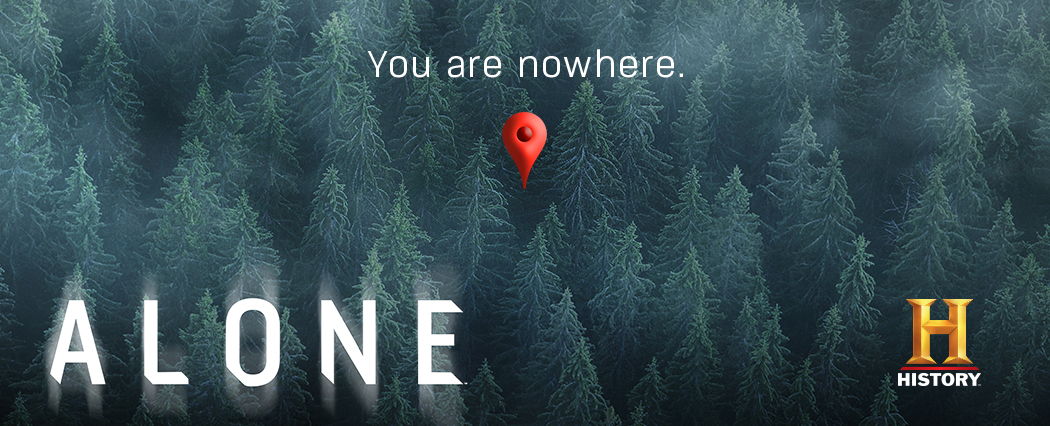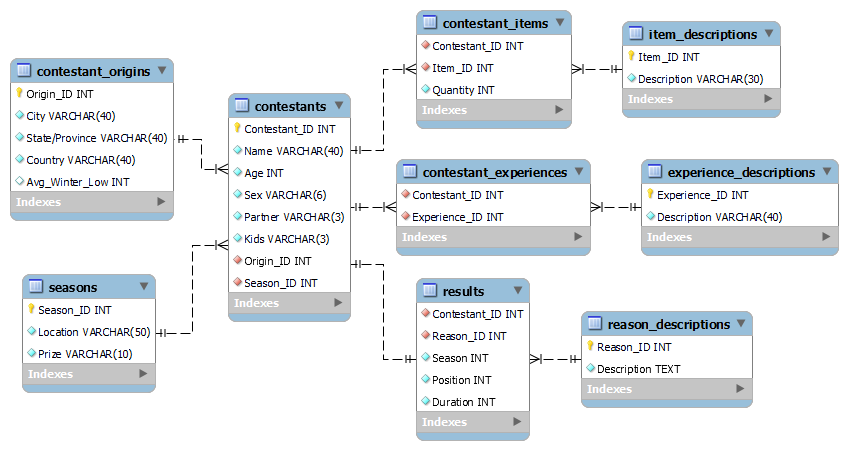History Channel's ALone

Photo by provided by History Channel
Overview
Alone is a survival show produced by History that originally aired in June of 2015. Its premise is simple: each season, 10 contestants are left completely alone in a wilderness and the contestant that can stay the longest wins $500,000. Unlike most survival shows, there is literally no one else with them - they are even in charge of their own filming. Each contestant is subject to sporadic medical checkups, but that is the only time they see another human. They are given 10 items of their choosing (from a pre-approved list), a satellite phone to call if they want to "tap out", about 65lbs of camera gear, and then they are left alone in a remote wilderness. Most of the season locations have been in Canada, but there have also been seasons in Mongolia and Patagonia.
Collecting data
This data came from 3 primary sources:
1) History.com for contestant biographies and item lists.
2) Wikipedia.com for season location facts, contestant ranking, and contestant durations.
3) Alone TV show for miscellaneous facts and clarifications.
The data was originally collected in an Excel .xlxs file. As the amount of data grew and a necessity for more thorough analysis arose, the data was used to create a
.sql database using MySQL Workbench. The data is available in both formats as well as individual .csv files in the above link.

Takeaways
This data, in total, identifies several key takeaways:1) Surprisingly, while all locations were chosen for their extraordinary cold, there has been no correlation found between the average duration of a contestant and how warm their home climate is.
2) Despite having never won a season, women were found to outperform men in almost every metric with a median duration over two weeks longer than men.
3) While having a partner or not was found to have little bearing on a contestant's average duration, contestants without a child were found to median duration nearly 10 days longer than those with a child.
4) As might be expected, while each season's location has increasingly become more difficult, average contestant duration has also consistently increased - likely due to a larger talent base.
5) Items such as gill nets and snare wires that allow for passive food gathering are associated with longer durations - but are not available in every location.
Tableau Presentation of this data
- © Untitled
- Design: HTML5 UP